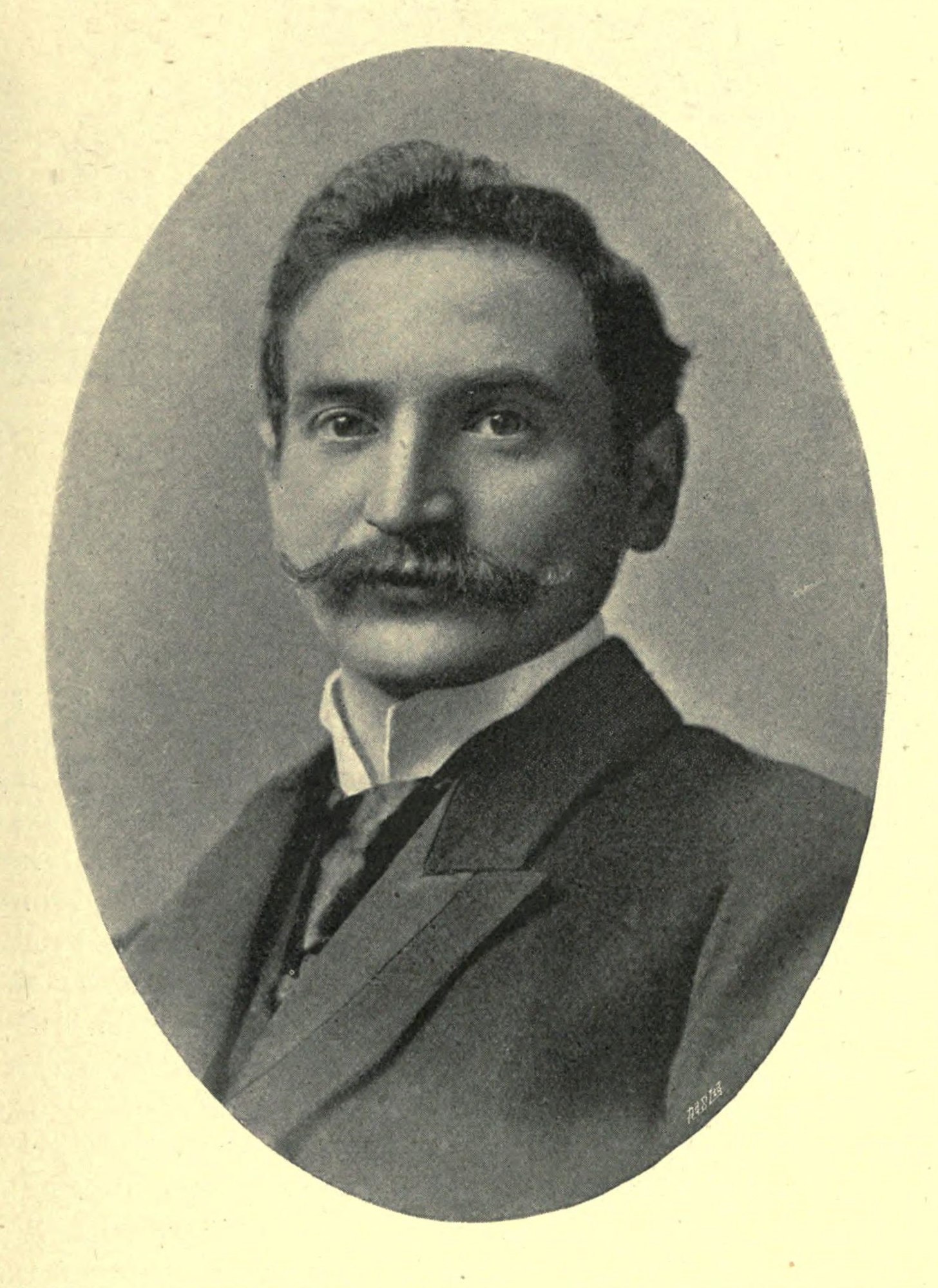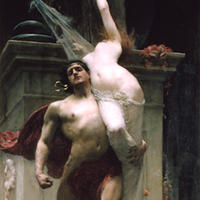More about Solomon Joseph Solomon
Works by Solomon Joseph Solomon

Sr. Contributor
Solomon J. Solomon was the son of a bombastic Jewish cigar tycoon in Victorian London, one of 12 children in the fabulously eccentric Solomon dynasty.
His madcap siblings included artists, suffragettes, Zionists and at least one hot air balloonist. The Solomons eventually relocated to Broadway, where Solomon J. Solomon’s nephew was born, the famous American playwright Moss Hart. Hart may well have based the lovable family of anarchist misfits in his hit play You Can’t Take it With You on the Solomon clan. The play was later made into an Oscar-winning film by Frank Capra.
This is just one of several quirky connections in Solomon J. Solomon’s legacy. Solomon painted a portrait of Mrs. Patrick Campbell as “Paula Tanqueray.” Mrs. “Pat” as she was affectionately called, was a British socialite and actress. George Bernhard Shaw fell desperately in love with her and wrote the character of Eliza Doolittle in Pygmalion for her, which was adapted into the musical My Fair Lady.
Solomon loved to paint gigantic, multiple figure compositions featuring hot naked people. He is remarkable among Victorian painters for his interest in male nudity, as well as female. For example, his Samson places focus on a cluster of buff, half-naked dudes in bondage pose rather than a sultry, bare-breasted Delilah on the far right. He was also successful as an illustrator of sensational adventure novels. These works foreshadow 20th century pulp illustration and erotic art that would later evolve into media such as comic books and pin-up calendars. Australian artist Norman Lindsay was profoundly effected by Solomon’s nudes, and painted an enormous body of erotic art that was burned as pornography.
But Solomon’s career wasn’t all sex, adventure novels, and showbiz connections. He was only the second Jewish painter ever admitted to the Royal Academy, and painted such prominent figures as King George V and Queen Mary. He was proud of his Jewish heritage, and designed stained glass windows for London’s historic Hampstead Synagogue.
He also made groundbreaking contributions to the art of camouflage during World War I, revolutionizing camouflage netting to disguise shadows from tanks and other large equipment. His postwar book on the subject, Strategic Camouflage, was a huge flop in Britain (which refused to acknowledge the logic of netting) but was quite well received in Germany. Ironically, his principles may have done more to help the other side, with the rise of the Nazis on the horizon. His painting manual however, The Practice of Oil Painting and Drawing, was a great success and is still a favorite of art teachers and hobbyists today.
Featured Content
Here is what Wikipedia says about Solomon Joseph Solomon


Solomon Joseph Solomon RA RBA (16 September 1860 – 27 July 1927) was a British painter, a founding member of the New English Art Club and member of the Royal Academy.
Solomon's family was Jewish, and his sister, Lily Delissa Joseph (née Solomon), was also a painter. He made an important contribution to the development of camouflage in the First World War, working in particular on tree observation posts and arguing tirelessly for camouflage netting.
Check out the full Wikipedia article about Solomon Joseph Solomon













